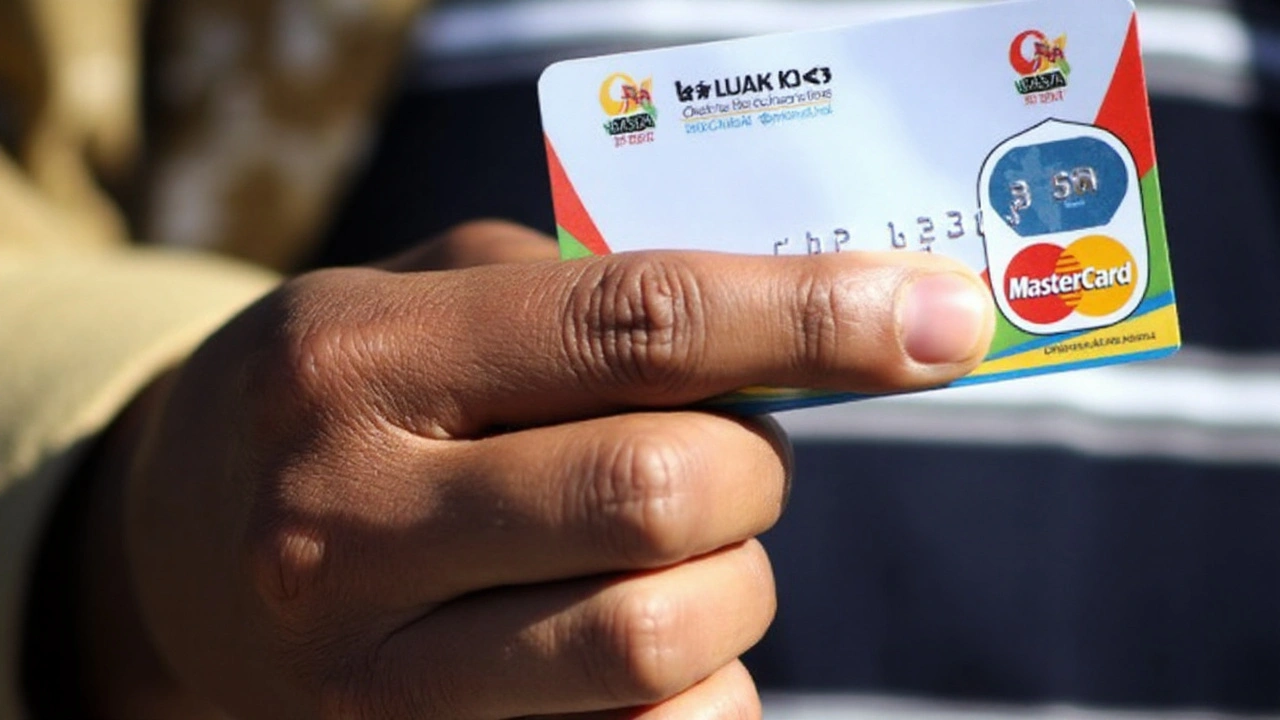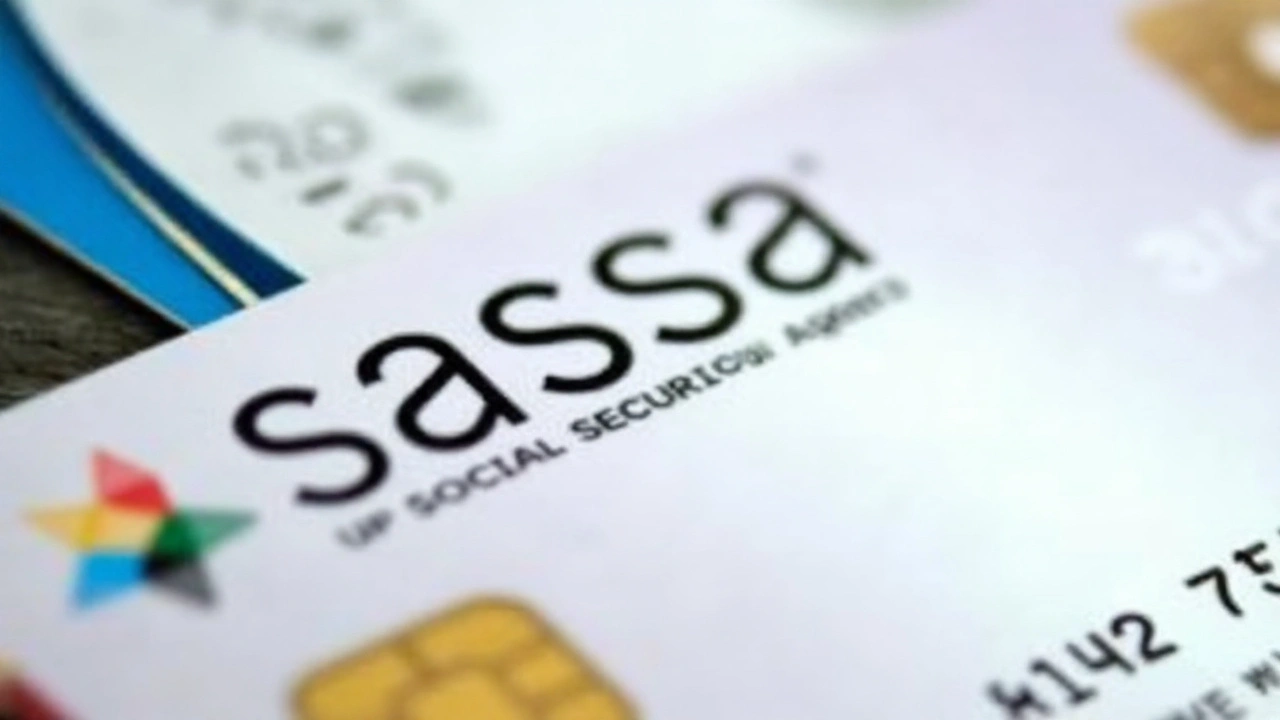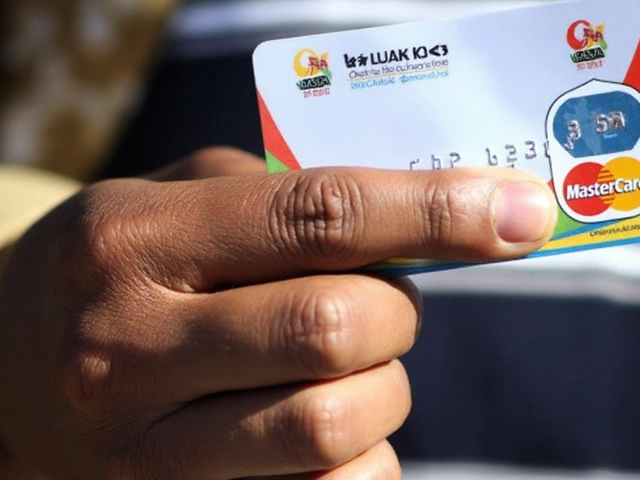
Payment Schedule Overview
The South African Social Security Agency (SASSA) confirmed that the next round of social grants will kick off on Tuesday, 2 September 2025. The agency follows its long‑standing practice of early‑month disbursements so that recipients can cover rent, food and medical costs right at the start of the month.
Under the newly released timetable, old‑age pensioners will be the first to receive their payments on 2 September. The following day, Wednesday, 3 September, is set aside for disability grant beneficiaries. Finally, child support grants and all remaining social assistance programmes – including foster care, care‑giver and social relief of distress – will be paid out on Thursday, 4 September.
This staggered approach spreads demand across three consecutive days, preventing bottlenecks at banks, retailer pay points and ATMs. It also gives SASSA the chance to monitor the flow of funds and address any technical hiccups before the next group of beneficiaries comes forward.

Tips for Safe Withdrawals and Card Use
SASSA’s communication stresses that grabbing the whole grant amount on the first day is neither necessary nor wise. Instead, beneficiaries are encouraged to take out only what they need for weekly expenses and to keep the remainder on their SASSA debit cards.
Using the SASSA card to pay directly at participating supermarkets, pharmacies and fuel stations eliminates the need to carry cash, cutting down the risk of robbery or loss. Over 1 200 retailers nationwide now accept the card, and transactions are processed instantly, giving users a clear record of how much they have spent.
For those who still prefer cash, the agency advises spreading withdrawals throughout the month. This tactic reduces crowding at pay points, shortens waiting times and eases pressure on security staff. It also helps smaller towns where a single bank branch may serve thousands of grant recipients.
Security measures are being reinforced ahead of the payment dates. Police and private security firms will be stationed at major collection hubs, and mobile alert systems will notify cardholders of any suspicious activity.
Meanwhile, community leaders and NGOs are being briefed on how to support elders and persons with disabilities who might find it hard to travel to payment locations. Some municipalities are arranging shuttle services on the designated days to ensure everyone can access their funds without undue hardship.
SASSA September 2025 grants represent a lifeline for more than 15 million South Africans. By adhering to the staggered schedule and embracing card‑based payments, beneficiaries can protect themselves from theft, avoid long queues and keep their monthly budgets on track.






Staggering the grant payouts across three days does more than just ease bank queues; it creates a buffer for the system to catch glitches before they affect the next group.
For older pensioners, hitting the ATM on September 2 means they can settle rent before utilities arrive.
Disability beneficiaries get a day’s head start, reducing the pressure on transport services that often scramble on payday.
When card payments are used at supermarkets or pharmacies, the cash‑in‑hand exposure drops dramatically, which is a critical safety net in high‑crime areas.
The agency’s deployment of security personnel at collection hubs further signals that they’re taking the threat landscape seriously.
Cash withdrawals spread over weeks cut the lines and the risk.
Using the SASSA card at the local shop is as easy as tapping your phone, and you keep the cash at home where thieves can’t reach it.
Stick to your weekly budget and you’ll avoid the end‑of‑month scramble.
If you need a ride to the pay point, many municipalities are already running free shuttles on the payout days.
Stay calm, plan ahead, and the grant will keep you covered.
The logistical coordination of shuttle services indeed mitigates transport barriers for vulnerable recipients.
Moreover, the presence of mobile alert systems enhances transactional security.
It is advisable for beneficiaries to register their contact details to benefit from these notifications.
Don’t let anyone convince you that grabbing the whole amount at once is smart; it only invites petty crime and unnecessary stress.
Keep the majority on the debit card and use it for everyday purchases – that’s how you protect yourself.
If you see a shady collector offering quick cash, walk away and report the incident immediately.
Community vigilance is the strongest deterrent against exploitation.
The upcoming disbursement pipeline is engineered for optimal risk mitigation and user convenience.
By leveraging card‑based transaction frameworks, SASSA reduces cash‑handling overhead and streamlines audit trails.
Early‑month payouts align with fiscal planning cycles, ensuring beneficiaries can meet critical cash‑flow obligations.
This proactive approach should boost confidence across the social safety net ecosystem.
Understanding the rationale behind the staggered grant schedule reveals a layered strategy that balances macro‑economic stability with micro‑level user experience.
The first day allocation to pensioners acknowledges that this demographic typically has fixed housing costs that dominate their monthly budget.
By delivering funds early they can secure accommodation before any price fluctuations occur in the rental market.
The second day focus on disability grants recognizes the additional medical expenses that often accompany these benefits.
Recipients can thus address pharmaceutical needs without competing for limited pharmacy stock.
The third day, reserved for child support and other assistance programmes, allows families to plan for educational supplies and nutrition after the primary household expenses are settled.
Spreading the payouts over three days also eases the processing load on banking infrastructure which otherwise might encounter a bottleneck that slows transaction verification.
This distribution reduces the probability of system downtime that could exacerbate financial anxiety among beneficiaries.
From a security perspective the approach provides law enforcement with a manageable timeframe to monitor high‑traffic collection points.
Officers can rotate patrols and deploy resources efficiently rather than being stretched thin across a single massive crowd.
Retailers participating in the card network benefit as well because they can handle a steady flow of point‑of‑sale transactions rather than a sudden surge that could overwhelm inventory control systems.
Moreover the staggered dates generate natural data windows for the agency to audit transaction integrity before the next cohort engages with the system.
Any anomalies detected early can be corrected quickly safeguarding the overall credibility of the program.
Beneficiaries who adhere to the recommended practice of partial cash withdrawals further diminish the incentive for opportunistic theft.
By keeping the bulk of funds on the card they retain a digital safety net that can be remotely disabled if a breach is suspected.
Ultimately the collaborative effort between SASSA, financial institutions, retailers and community partners creates a resilient ecosystem that protects both the individual and the collective welfare.
Wow, that breakdown really paints the big picture and shows how every piece fits together! Your detail makes the whole process feel much more transparent.
The emphasis on using the SASSA card at everyday retailers aligns well with broader trends toward cashless payments in emerging markets.
It also lightens the load on physical cash handling which historically has been a pain point for both users and banks.
With security teams stationed at major hubs, the risk of opportunistic crimes should see a measurable decline.
Overall the plan appears to blend convenience with safety in a pragmatic way.